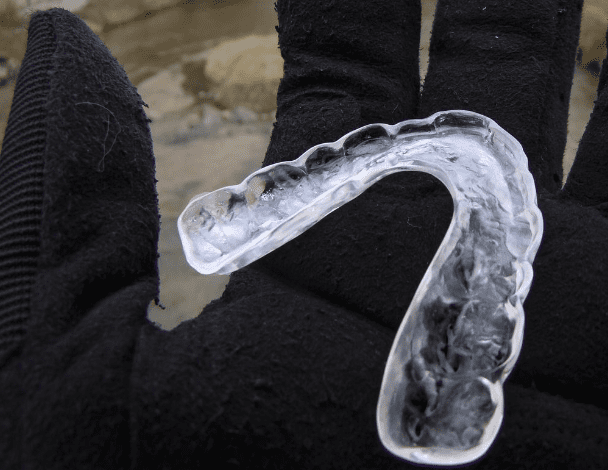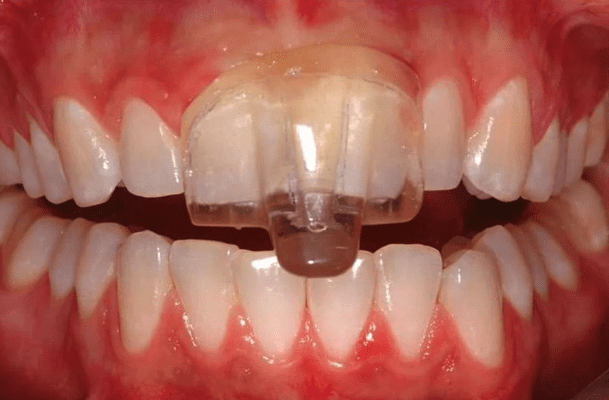By: Dr. Leonard A. Hess, DDS
Clinical Director, The Dawson Academy
The Article Originally Appeared on TheDawsonAcademy.com
Hi, everybody, my name’s Dr. Leonard Hess. I’m one of the senior faculty members at the Dawson Academy.
I’d like to spend a few minutes talking with you about where splints, or occlusal splints, work into a treatment plan when we’re talking about doing larger or more complicated treatment plans.
Let’s take a moment and break our splints down into two predominant types of appliances.
1. Full-Coverage SRS Splint

One would be a full coverage SRS splint, or what is commonly called a CR splint.
This is going to be an appliance that we’re going to utilize to test the five requirements of occlusal stability in a reversible manner to help us treat the joint.
So always remember that if we have an unstable joint, or we’re having internal derangement in the temporomandibular joint, anything that we change the patient’s occlusion is not going to be stable.
The purpose of a full-coverage splint would be to get the joint, change it from a red joint into a yellow joint so we can start to predictably do our treatment, and we want to be able to do that in a reversible manner and we want to be able to treat the joint to get it to the point to where we can load it without any signs of tension or tenderness, and then we can move forward to start to make permanent occlusal changes for the patient.
2. Anterior Deprogramming Device

The other type of splint that we will commonly use is an anterior deprogramming device.
A Lucia Jig would be an example, an NTI, also a dual arch Dawson B-splint.
And, predominantly, we’re going to use these to treat muscle. If we have really active lateral pterygoid muscles, if we have sore muscles on mastication, an anterior deprogramming device is going to be a great option for us to be able to demonstrate to a patient if we are able to reduce the muscular activity.
Can we reduce their muscular symptoms? Also, we want to be able to deprogram the lateral pterygoid and decrease the influence that that muscle is having at the joint level, so we can predictably obtain a reliable centric relation by record.
So those are the two predominant types of splints that we would use in a complete care type of setting.
Keep Reading: Why am I Experiencing Clinical Failure?


